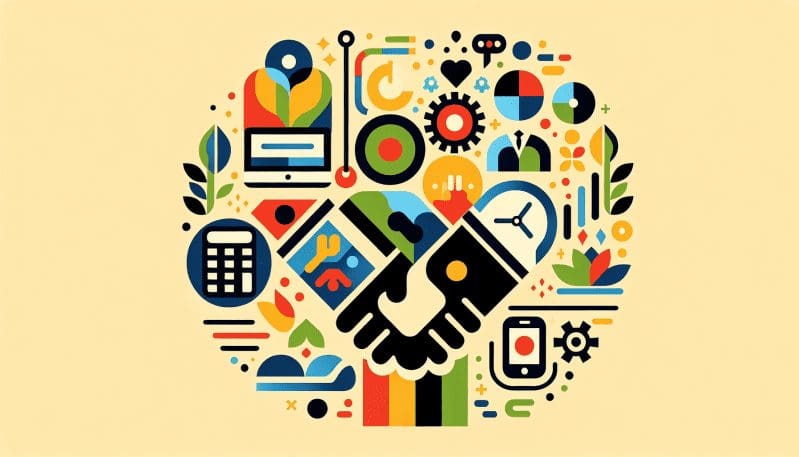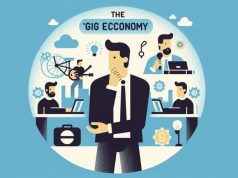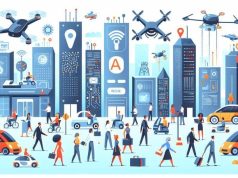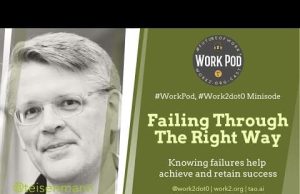The concept of ‘workplace’ has long been synonymous with a physical office space – a centralized location where employees gather to carry out their professional duties. However, recent global events and the advent of digital transformation have radically altered this notion. Today, a workplace might be a traditional office, a home, a co-working space, or even a virtual environment. This shift towards more flexible work arrangements raises pivotal questions for traditional office spaces and their role in the future of work.
As experienced workplace architects/designers, we’re at the forefront of crafting spaces that align with these evolving needs. Productivity remains a cornerstone of any successful business, but how we achieve it is changing. Modern workplace design must hinge on ergonomics – creating environments that are physically comfortable for employees – and must integrate technology seamlessly to empower different work styles and needs. Moreover, it’s crucial to design flexible layouts that can adapt to team activities as well as individual, focused work. Prioritizing these elements minimizes distractions and maximizes collaboration, carving a path for efficiency within these novel workspaces.
But productivity is only one piece of the puzzle. For a workplace to truly excel, it must also nurture the well-being of its inhabitants. From incorporating biophilic elements that connect the indoors with nature, to crafting areas for relaxation and social engagement, the physical workspace must support all aspects of employee health. The design should prioritize lighting and air quality to create an environment where workers not only feel comfortable but thrive. These considerations have a direct, measurable impact on job satisfaction and overall well-being.
Inclusivity, a term that encapsulates diversity, equity, and accessibility, is equally important. The modern workplace design must reflect this ethos, offering compliant facilities for people with disabilities and creating spaces that recognize and respect cultural differences. Design has the power to be an instrument for social change, breaking down barriers, and fostering a warm sense of community for every employee.
In the bustling, competitive landscape of New York City, these design principles take on additional layers. Companies must navigate unique challenges, from space constraints to the high cost of real estate, while striving to attract and retain top-tier talent. These businesses must leverage design to not only mirror the progressive values of their workforce but to also stand out as pioneers in fostering an environment where innovation flourishes, the well-being is prioritized, and inclusivity is celebrated.
We invite you to join us in a journey to redefine the essence of ‘going to work.’ The Work Times recognizes that the intersection of work, worker, and workplace is more than the sum of its parts – it’s where a vibrant corporate culture takes root and grows. Together, let’s fashion a future where the workplace transcends the physical and becomes a dynamic, supportive, and inclusive world of its own.




























